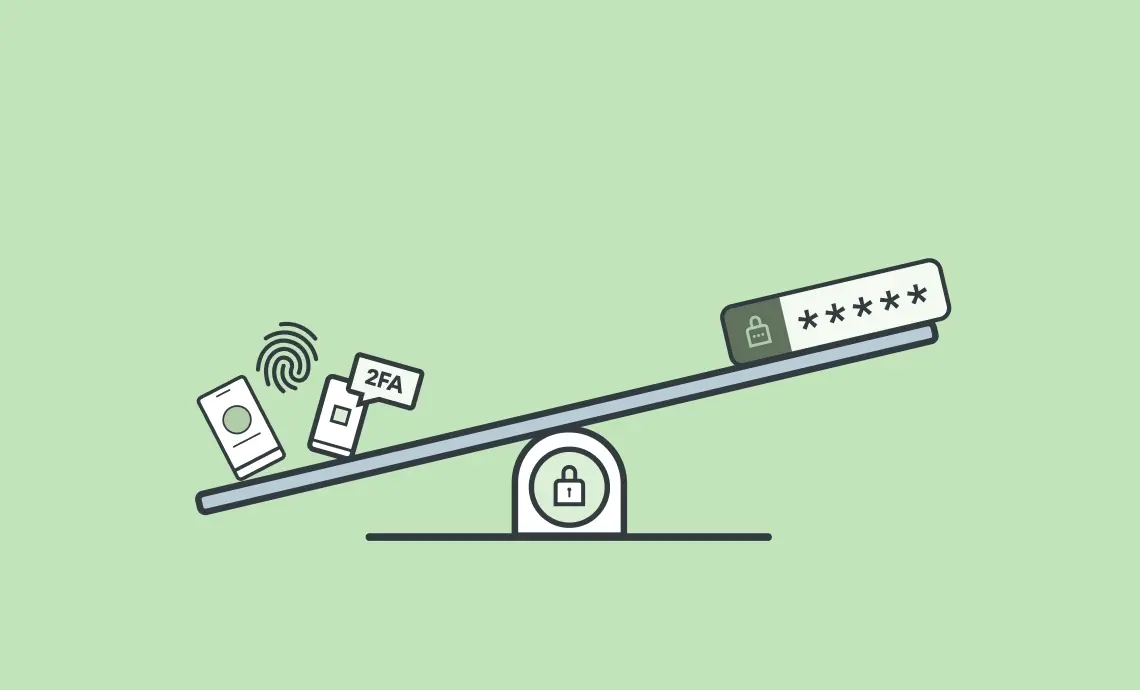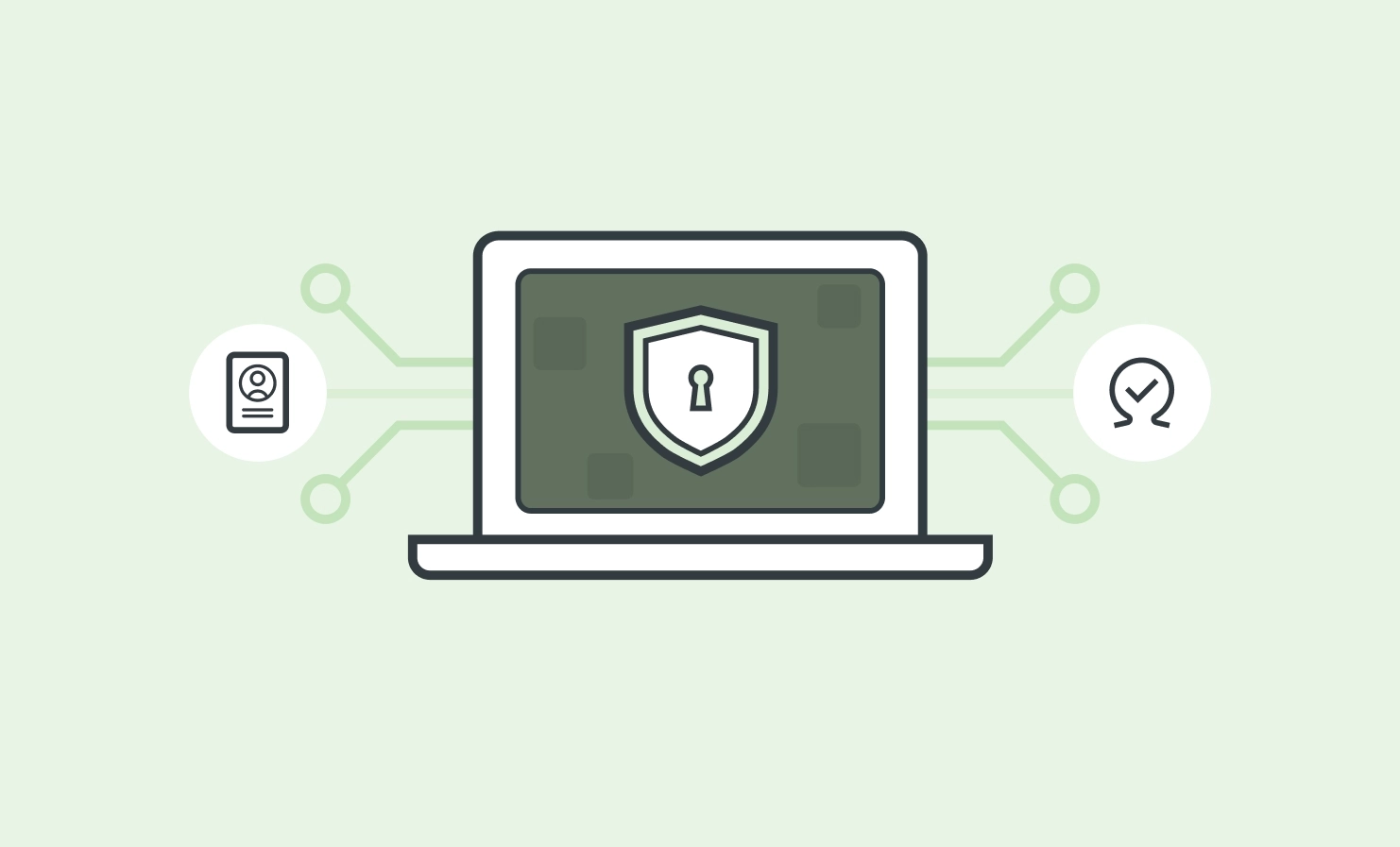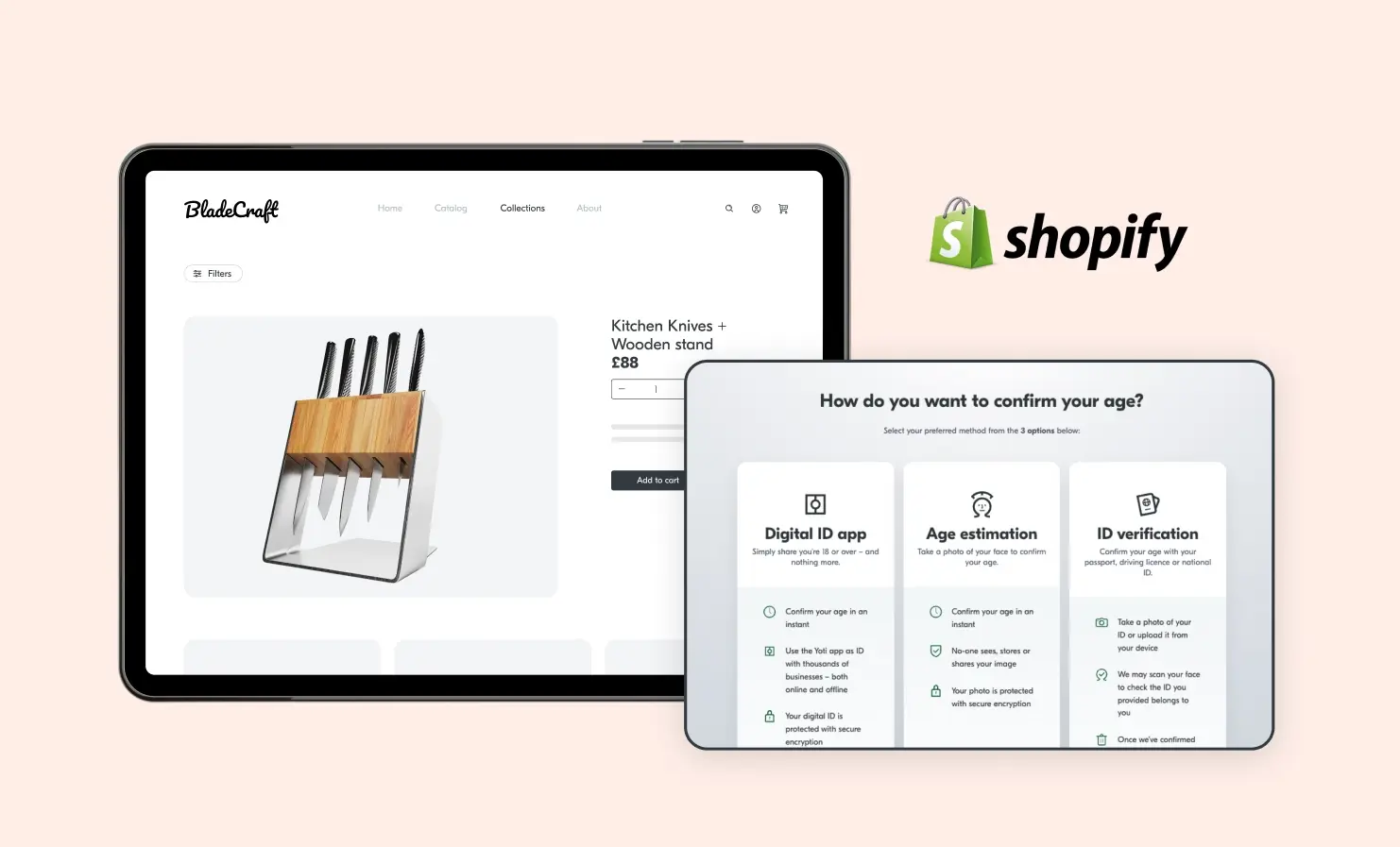
As online threats grow more sophisticated, the way we authenticate users needs to evolve. This blog explores the modern authentication methods which can support or replace passwords, such as biometrics and verified digital IDs, and how businesses can use them to protect accounts, reduce fraud and build trust with users.
What is authentication?
Authentication is the process of verifying that someone is who they say they are, typically before granting them access to a service or system. Traditionally, this has involved entering a username and password, something only the user should know.
Are passwords enough to keep us and our data safe?
Passwords have been the default method of online user authentication for decades. But they’ve always had significant weaknesses. High-profile breaches make it clear that in today’s threat landscape, they’re just not enough. This is especially true when securing accounts that hold sensitive or personal information, or give access to system-wide configuration tools.
In fact, the main issue isn’t that passwords are technically insufficient. It’s more that humans just aren’t good at using them appropriately. Poor password hygiene is one of the biggest risks in cybersecurity. People reuse the same passwords across different platforms, store them insecurely (like in a notes app or on sticky notes) or choose easily guessable passwords like their pet’s name or date of birth. Often, these details are readily available online.
Poor password practices are still alarmingly common across many organisations. It’s not unusual to find shared credentials, passwords written down in plain sight or login details stored insecurely in notebooks or personal apps. These habits point to a wider issue: a lack of security culture and awareness. They leave systems vulnerable to breaches and unauthorised access. While these behaviours may seem outdated, they persist in businesses of all sizes.
And now, passwords are facing even more pressure. Sophisticated threats like phishing, credential stuffing, SIM swapping and deepfakes have exposed the fragility of password-only systems.
How do we strengthen our digital security?
The first step is adopting multi-factor authentication (MFA). MFA requires users to present two or more types of credentials before gaining access. These typically fall into three categories:
- Something you know: like a password or answer to a security question.
- Something you have: such as a device, security token or authenticator app.
- Something you are: your biometric data, like a face scan or voiceprint.
By combining these, MFA significantly reduces the chances of unauthorised access. Even if a password is compromised, an attacker would still need access to the user’s device or biometric data.
MFA can take many forms such as a push notification from an authenticator app, an SMS code or a hardware device that generates unique codes.
Increasingly, organisations are also turning to biometric authentication to secure their digital systems.
Biometric authentication: something you are
Biometrics use a person’s unique physical or behavioural characteristics to verify their identity. This could include:
- Face-matching (like Face ID)
- Voice recognition
- Fingerprint matching
- Liveness detection (to prevent spoofing attempts)
- Behavioural patterns like typing speed, location or device usage
Used correctly, biometrics offer a low-friction, high-assurance experience. There’s nothing to remember, nothing to lose and, when combined with liveness detection, it’s very hard to spoof.
Beyond passwords: other secure authentication types
As the industry moves toward passwordless authentication, there’s a growing set of tools businesses can use to reduce risk and improve the login experience:
Passwordless login
Users authenticate without needing a traditional password, instead using device biometrics, magic links or tokens. This removes the most common attack vector: the password itself.
Single sign-on (SSO)
SSO allows users to access multiple services through a single, secure login, often managed by a trusted identity provider (like Yoti ID or OpenID Connect). When done right, SSO streamlines the experience without compromising security. However, it requires strong controls, proper hygiene and effective use by users to ensure that a breach in one system doesn’t open the door to others.
Token-based authentication
In this model, the user’s device becomes the key. A secure token, often generated by an app or held in the browser, confirms the user’s identity. This reduces the need for passwords and minimises friction.
Digital ID and verified credentials
Digital IDs like Yoti ID let people log in securely using a verified digital identity, instead of a password. It uses strong encryption and verified identity attributes to prove who someone is, without needing to share or store lots of personal data. This makes it easier for users and more secure for businesses, helping to protect against fraud and build trust.
Risk-based authentication: adapting to context
Instead of applying the same security checks to every login, risk-based authentication dynamically adjusts based on the context of the attempt.
Risk-based authentication can use signals such as geolocation, IP address, device type and time of access to detect anomalies. If a user suddenly logs in from a new country or device, the system may require an extra step such as a biometric check or a one-time code.
This layered approach reduces unnecessary friction for genuine users while keeping defences high against suspicious activity.
Don’t forget about account recovery
Account recovery is often the weakest link in authentication. If someone forgets their login credentials or loses their device, they need a way to recover access. This process can be a magnet for fraud if not properly secured.
At the same time, recovery processes must be usable. If too complex, they frustrate legitimate users and increase support costs for businesses. Designing secure, user-friendly recovery is critical but often overlooked.
This is where verified digital identity can play a valuable role. By asking users to verify their identity using a secure and trusted digital ID like Yoti ID, businesses can add a strong layer of assurance to the recovery process.
The future of secure authentication
It’s becoming increasingly obvious that passwords can’t keep up with today’s security challenges.
Forward-thinking businesses are adopting a zero-trust approach to access management. That’s where no login is assumed to be trustworthy by default.
In response, legislation and businesses in regulated industries are increasingly requiring stronger authentication measures to ensure compliance with privacy and cybersecurity standards. Passwordless login and biometrics are leading the way in helping businesses meet these demands without compromising on user experience.
As threats grow more sophisticated, so too must our defences. Businesses that invest in strong authentication systems today can both protect their platforms and build trust with their users, employees and partners.
If you’d like to know more about how Yoti can help strengthen your authentication processes, please get in touch.



